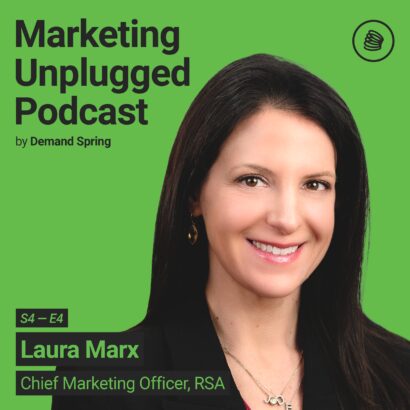In 2009, two writers named Rob Walker and Joshua Glenn conducted a project known as Significant Objects. They set out to determine if storytelling was the most powerful form of communication.

They purchased 200 items from flea markets and garage sales, paying $1.25 on average. The items were an eclectic collection of snow globes, mysterious figurines, and other trinkets.
They then asked 200 writers to write short stories about each of them. Next they posted the items for sale on eBay – with their short stories. The result? They sold all 200 items for a total of $8,000 – an incredible 6,300% ROI!
It proved what many marketers, sales reps, executives, presenters, teachers, and comedians already knew. Storytelling is an incredibly powerful way to connect and engage with your audience. But why is that? The answer lies in biology.
How Storytelling Affects our Brain
In his brilliant TEDx Talk, The Magical Science of Storytelling, David Phillips discusses the impact of stories on our brain. There are three hormones that are elevated by storytelling – dopamine, oxytocin, and endorphins. Understanding more about these hormones helps us understand why storytelling works. And how we can make our stories most effective.
Dopamine is a really important chemical that has a profound impact on our brain and body. It plays a critical role in several medical conditions. Parkinson’s disease, aging, ADHD, drug addiction, and schizophrenia are all linked to dopamine issues. Dopamine significantly impacts our focus, motivation, memory, and reward-response behavior. These are all critical to engaging an audience and incentivizing them to act on your message.
Oxytocin is known as the love hormone. It impacts bonding behavior. It also creates empathy and trust. Stories have a unique ability to build a bond between storyteller and audience. That’s because a unique phenomenon happens during storytelling called mirroring. Listeners experience similar brain activity to each other and to the storyteller. This is a process that does not happen when reading a fact sheet or a PowerPoint slide.
Endorphins produce the well-known “runners high”. When endorphins reach our limbic system, we experience pleasure and satisfaction. The limbic system is the oldest part of our brain and is responsible for emotion. As Simon Sinek has popularized, it’s also where we make our decisions (and then rationalize afterwards with our neocortex). So, elevating endorphin levels in our audience is critical in driving buying decisions.
From Biology to Better Engagement
This post is not meant to simply be a biology lesson. It’s a call to action for us as marketers to reconsider how we communicate. In Storytelling Workshops we run for our clients we find that all brands can benefit tremendously from recasting their narrative to one that engages audiences on an emotional level. As Walker and Glenn found out, storytelling has the power to position products, services, and experiences in a light that amplifies their value. If it works for snow globes…






